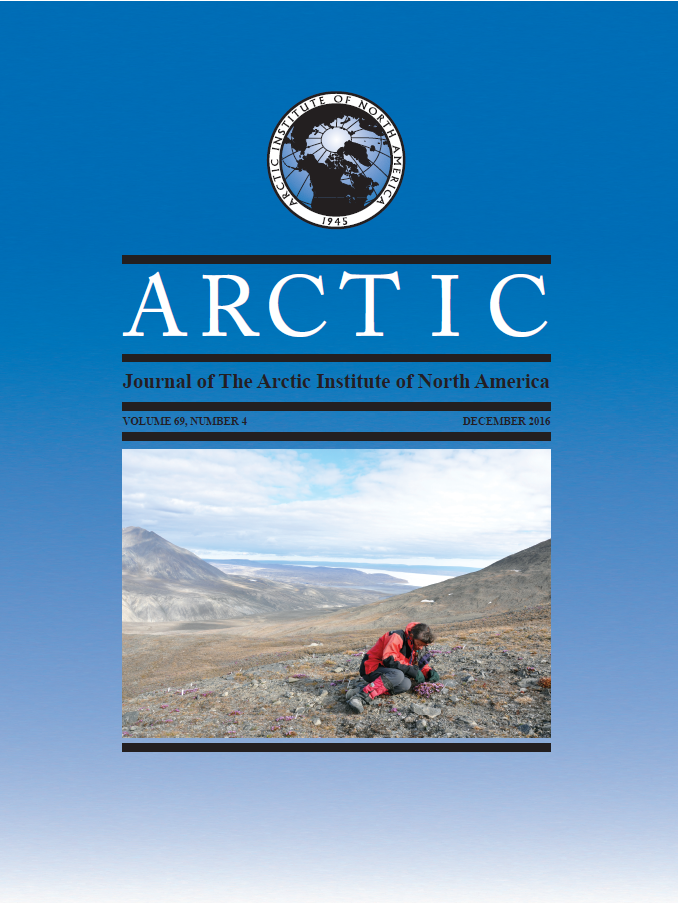Using RADARSAT to Identify Sea Ice Ridges and their Implications for Shipping in Canada’s Hudson Strait
DOI:
https://doi.org/10.14430/arctic4604Ключевые слова:
Arctic shipping, pressured ice, ridges, RADARSAT, ice hazardsАннотация
Ridges in sea ice and the convergent forces that form them are a serious hazard to ships traveling in the Arctic, but few studies have examined ridge distribution at a basin level in the Canadian Arctic. The Hudson Strait, which connects Hudson Bay and the North Atlantic, is a site of ongoing winter shipping where vessels frequently encounter pressured ice conditions and ridging. Here, RADARSAT-1 and RADARSAT-2 ScanSAR Wide images were used to identify ridges manually in a winter shipping corridor in the Hudson Strait for the period 1997 to 2012. Ridge count peaked in the month of March. No significant linear trend in the number of ridges was identified on either a monthly or annual scale, which is the result of great variability from year to year. However, spatial patterns of ridging distribution were evident: ridging occurred primarily in the eastern and western sectors of the study area, both in the region between Charles Island and the Quebec coastline and at the eastern entrance to the Hudson Strait. Seasonal sea level pressure (SLP) patterns from years of high and low ridge density were compared, but consistent correlations between SLP and ridge density were not found. The impacts of one-time storm events on ridge densities were also investigated. More analysis is needed to understand the factors influencing ridge density in the Hudson Strait.


